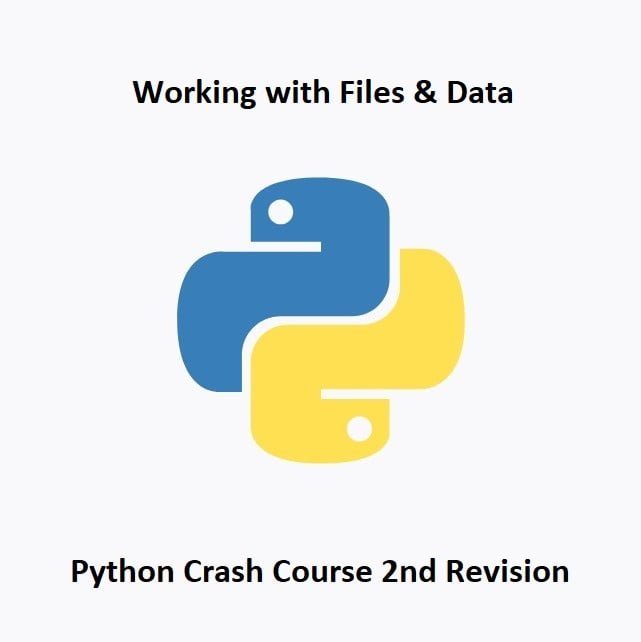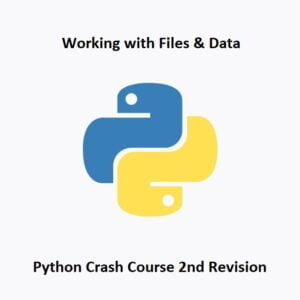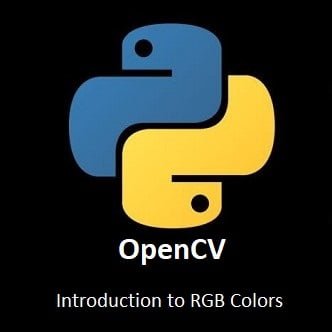"x" – Creates the specified fileSpecify the file mode (e.g., read, write, append), and let Python take care of the rest. Here’s an example:
# Open a file for reading
file = open("example.txt", "r")
# Read the contents
contents = file.read()
# Close the file
file.close()
In this code, we open a file named “example.txt” in read mode, read its contents, and then close the file.






